Military background and delight in the job help ‘star’ Muni driver keep things running smooth
Jolt after jolt, from stop to stop, veteran San Francisco Municipal Railway driver Angel Carvajal has piloted trains, buses, and streetcars across the hills, streets, and tunnels of San Francisco. And over the years, among a mostly civil clientele, he’s dealt with knife-wielding and abusive passengers, a truck driver who plowed into his light rail train, and plenty of unhappy and sometimes disturbed riders who need a kind word.
“Sometimes you have a double job,” he said. “Driving and listening to a passenger who starts talking about his personal life.”
Carvajal admits that his job can be stressful, but he likes it so much he takes extra shifts on the weekend. He particularly likes driving the historic F line, so he can schmooze with the tourists.
He also delights in helping the seniors who depend on Muni.
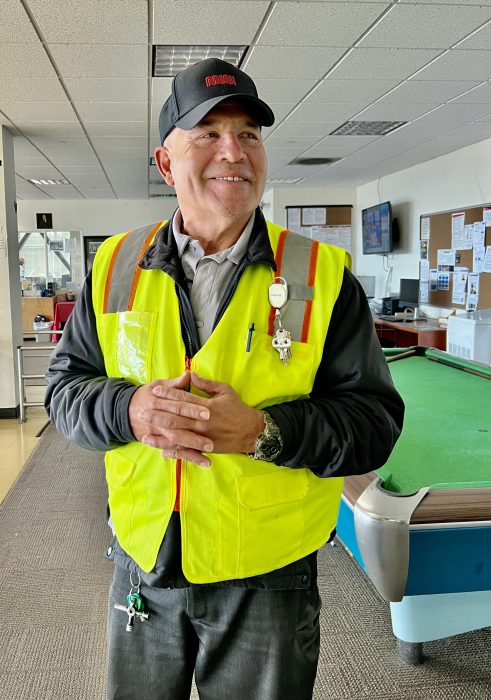
“I was so proud that every time I opened the door, I was able to help a grandma or a grandpa or a person with a disability get on or off my coach or train. It’s like a big blessing coming from somewhere, you know?”
Now 66 and a resident of the Outer Mission, Carvajal said his 37-year career was inspired by a violent incident that occurred when he was a passenger on the 14 Mission line. He noticed two men harassing the driver. When they started beating him, Carvajal, a former soldier in the Nicaraguan military, stepped in to help. One of the two men escaped, but Carvajal held down the other one until police arrived.
At first, officers suspected Carvajal. “The operator told the police that I was defending him, that the kid on the ground was the aggressor,” he said.
Afterward, Carvajal and the bus driver got to talking, and Carvajal told him he was working as a janitor at the San Francisco Hilton. The driver suggested he apply to Muni to become a driver, and he did. It took two years, but the call eventually came in 1986.
A two-year wait
“I can’t even express how excited I was when Muni called me to take the test,” he said.
Carvajal began training on motor coaches – Muni-speak for buses. But not long afterward, his instructors suggested he learn to drive light rail trains. Carvajal was concerned because he couldn’t speak much English. But the instructors reassured him.
“They said ‘We don’t care about that; we’re going to teach you how to do the job. That’s what we need from you – do the job.’ I said OK.” And he’s been driving ever since.
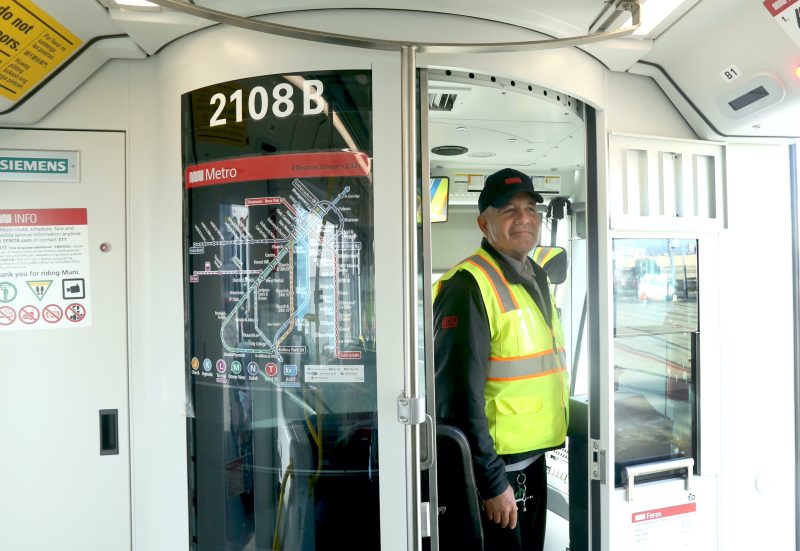
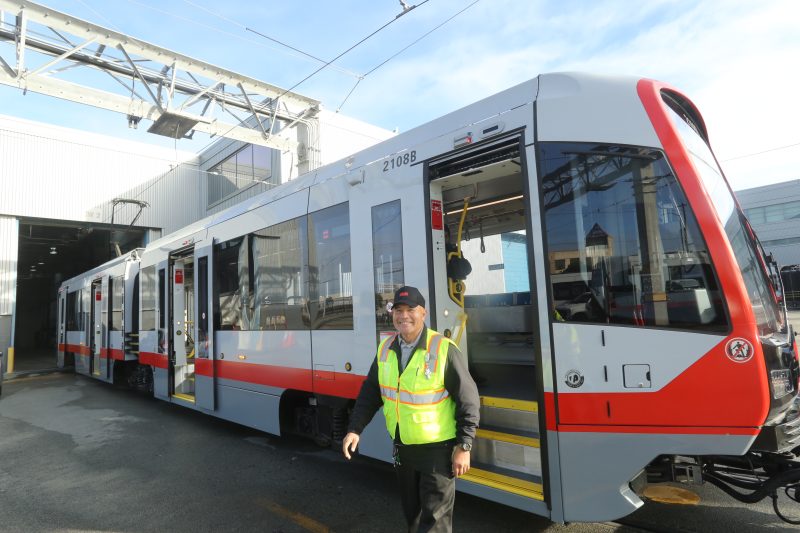
Carvajal grew up on a farm in a small Nicaraguan town, one of nine brothers and sisters. His father was a laborer for the government and his mother was a housewife.
Over his father’s objections, he joined the Nicaraguan army in his late teens. He attended the military academy in Managua and served in the 1970s, a time when the country was torn by a civil war with the Sandinistas.
It was a brutal period that Carvajal prefers not to discuss, saying only: “It was a terrible experience – the worst thing about it was the fighting between my own people.”
Rescued from war
He ended up a refugee in Guatemala where guerilla fighting was rife. A contact he made in Guatemala City let him know his sister was there looking for him. Eventually, they reunited, and she persuaded him to accompany her to the United States.
“I couldn’t say ‘no’ to my sister. I came back with her, and we crossed the Texas border. When we got to the border, I told her to take a picture. I got down on my knees and gave thanks to God,” he said, gesturing to the skies.
He went to U.S. immigration officials with a visa he got from his Guatemalan contact soon after he arrived in San Francisco. “I’ve been here since 1979 and don’t know nothing outside San Francisco.”
Carvajal has driven both electric and diesel. buses. At first, he preferred driving the electric lines because their car barns were less smokey than the diesel’s. But technology and ventilation have improved, he said.
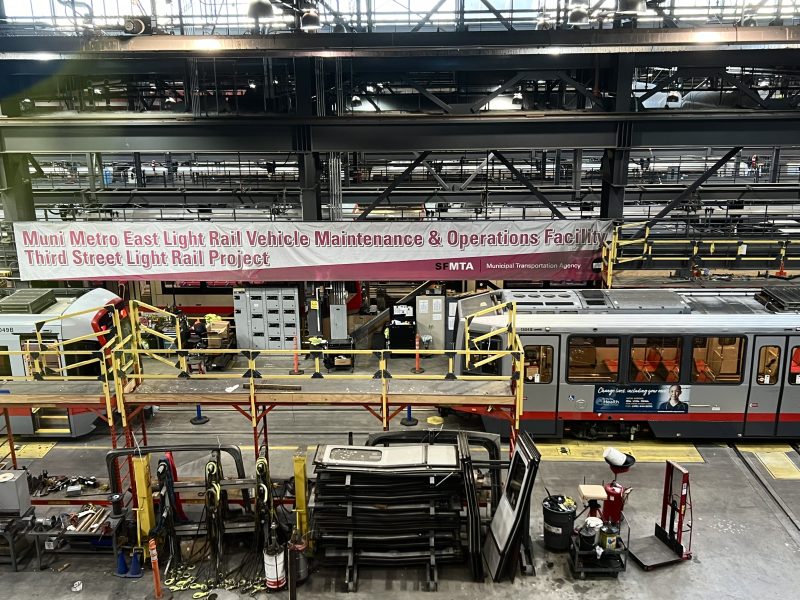
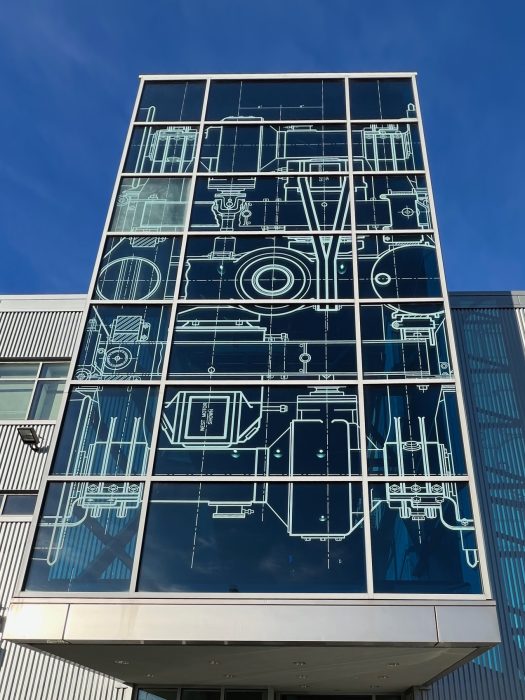
Like San Francisco, Muni’s staff and riders are diverse, which is both a joy and a challenge, he said. “I think not only for me but for everyone coming from different countries, we have to learn not only the language but also the different cultures and how people from all over the world do stuff.
“We celebrate Chinese New Year and Mexican Independence Day. We celebrate everybody’s happiness.”
Most of his regular riders are respectful but there are always exceptions. “Every time you open the door, you can have a passenger throw a cup of coffee in your face for no reason or punch you in the face.” That doesn’t happen often, but when it does, “that’s an assault,“ said Carvajal.
“First thing you do is you stay calm, immediately stop the coach or whatever you’re driving, put your emergency brake on, and try to contact central control right away.” Police, fire officials, and a supervisor are called to an assault scene.”
There are nearly a dozen cameras on each vehicle that record people inside the bus or train and capture cars or trucks blocking the bus lane or bus stop. And today, it’s easier for drivers to call for help when needed. Previously, there was no direct line of communication between the individual buses and Muni headquarters. Now there is. The modern technology, he said, “serves as a line of defense.”
But when there’s no time to wait for the police, Carvajal has had to step in.
Driving, and listening
A passenger once alerted him that a rider on the train was twirling a butcher knife. Carvajal tarried in a tunnel while pressing the silent alarm, telling supervisors he needed assistance from the police. “They ordered me to open all the doors and they got on, and this guy, he tried to fight with the police officers, but they neutralized him real quick.”
He’s also had to deal with his share of crashes and accidents, including a train collision with an 18-wheeler making an illegal U-turn at Hudson and Third streets in the early ’90s. His train was pushed off the tracks and many passengers were injured.
Muni drivers aren’t supposed to chat while they’re driving, but nothing stops them from listening when it’s safe.
“When the passenger starts talking about his personal life, you listen,” he said. “This person starts talking about Social Security or his family problem and you just listen. At the end, you say: ‘I am sorry you are having this problem, but everything is going to be OK.’”
Over the years, some of Carvajal’s passengers have become his friends.
“I’ve met a lot of people – beautiful, wonderful people,” he said. Sometimes he won’t see a regular rider for some time and realize they’ve been in jail. When he comes across them, he’ll hug them, tactfully avoiding questions to just say, “I’m happy you’re free. Welcome back to society.”
Carvajal has four children and three grandchildren. He and his wife are separated, and he has a partner. Although he has driven many thousands of miles for Muni, he rarely travels outside of San Francisco. He managed to make it to Washington, D.C. once to see his daughter graduate from Georgetown University and ride the city’s transit system. How does the capital’s Metro compare to our Muni? Carvajal declined to compare but allowed that he “admired the smooth ride” in Washington.
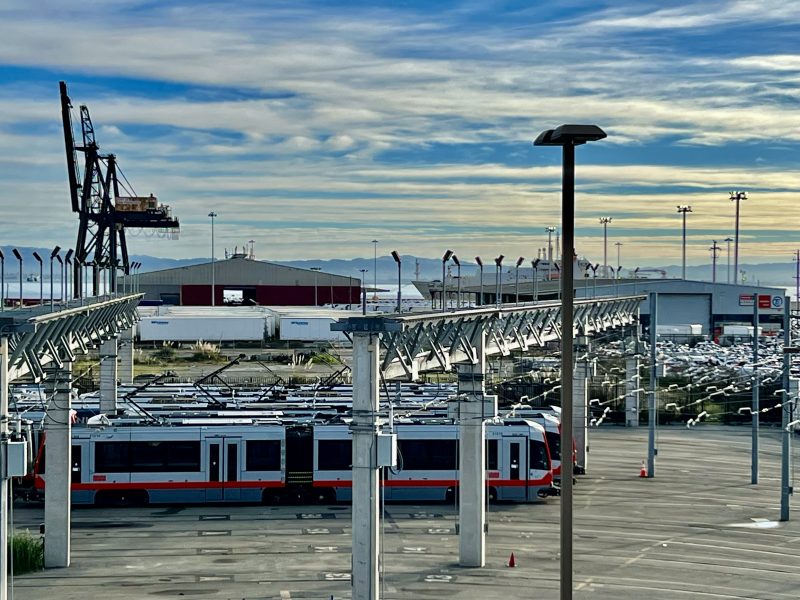
A former marathon runner, Carvajal broke his ankle and now limits his exercise to bicycling. His favorite thing, however, is spending time on the job. He said he may retire in about three years, but for now he’s on special assignment testing trains.
Muni officials say that Carvajal’s work ethic, long career, and upbeat personality have all made him “a star” driver for Muni. They often enlist him to play host to celebrities at publicity events. He’s proud, Carvajal said, that he’s hosted San Francisco Mayor London Breed, former Speaker of the House Nancy Pelosi, Transportation Secretary Pete Buttigieg, and the late Sen. Dianne Feinstein.
Carvajal doesn’t talk much about his after-work life, but with a bit of prodding, he’ll admit to being a fan of action movies and TV shows. So, are all those shows about runaway and hijacked buses, trains, and subways for real? Indeed, he said, they are all “based on reality.”



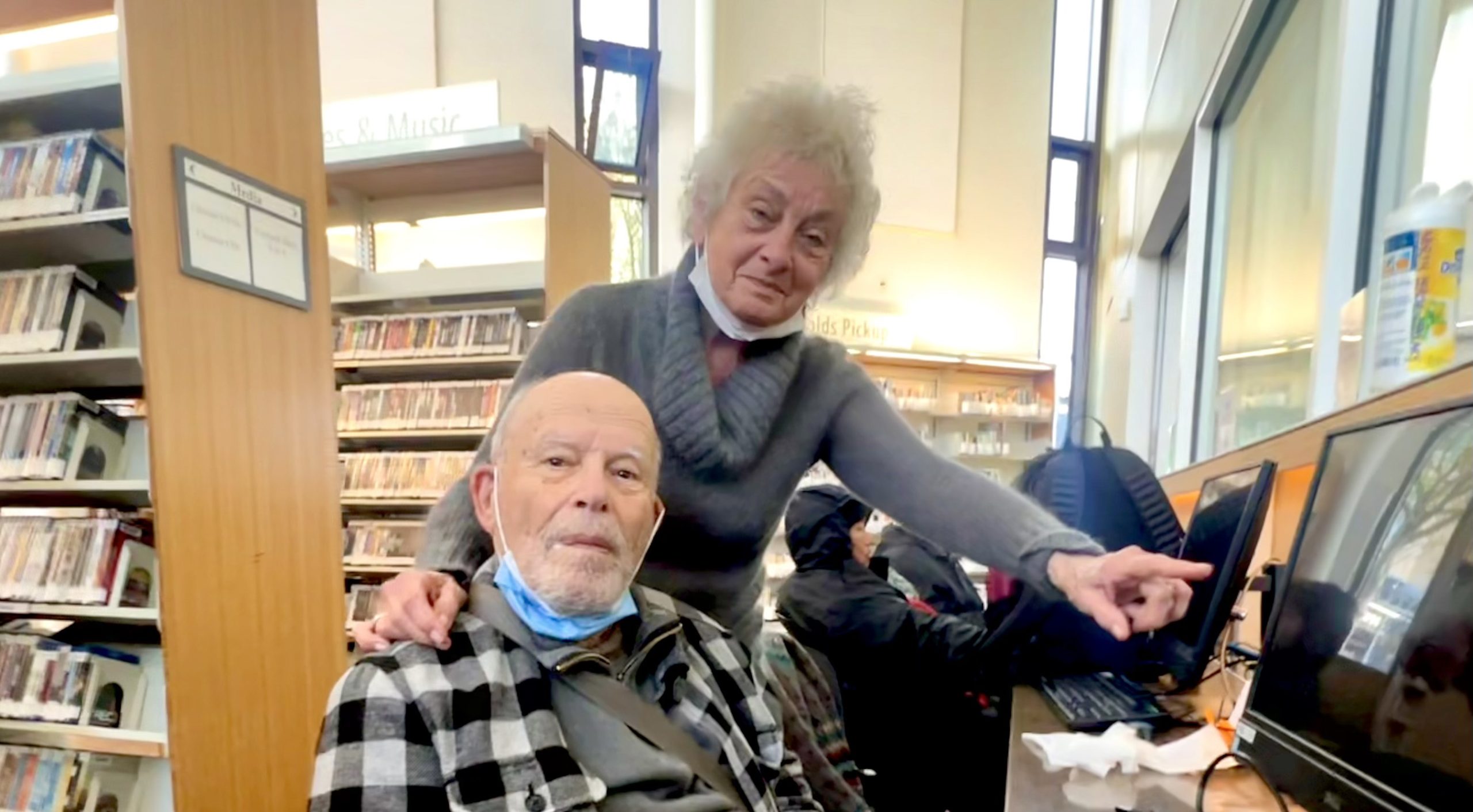
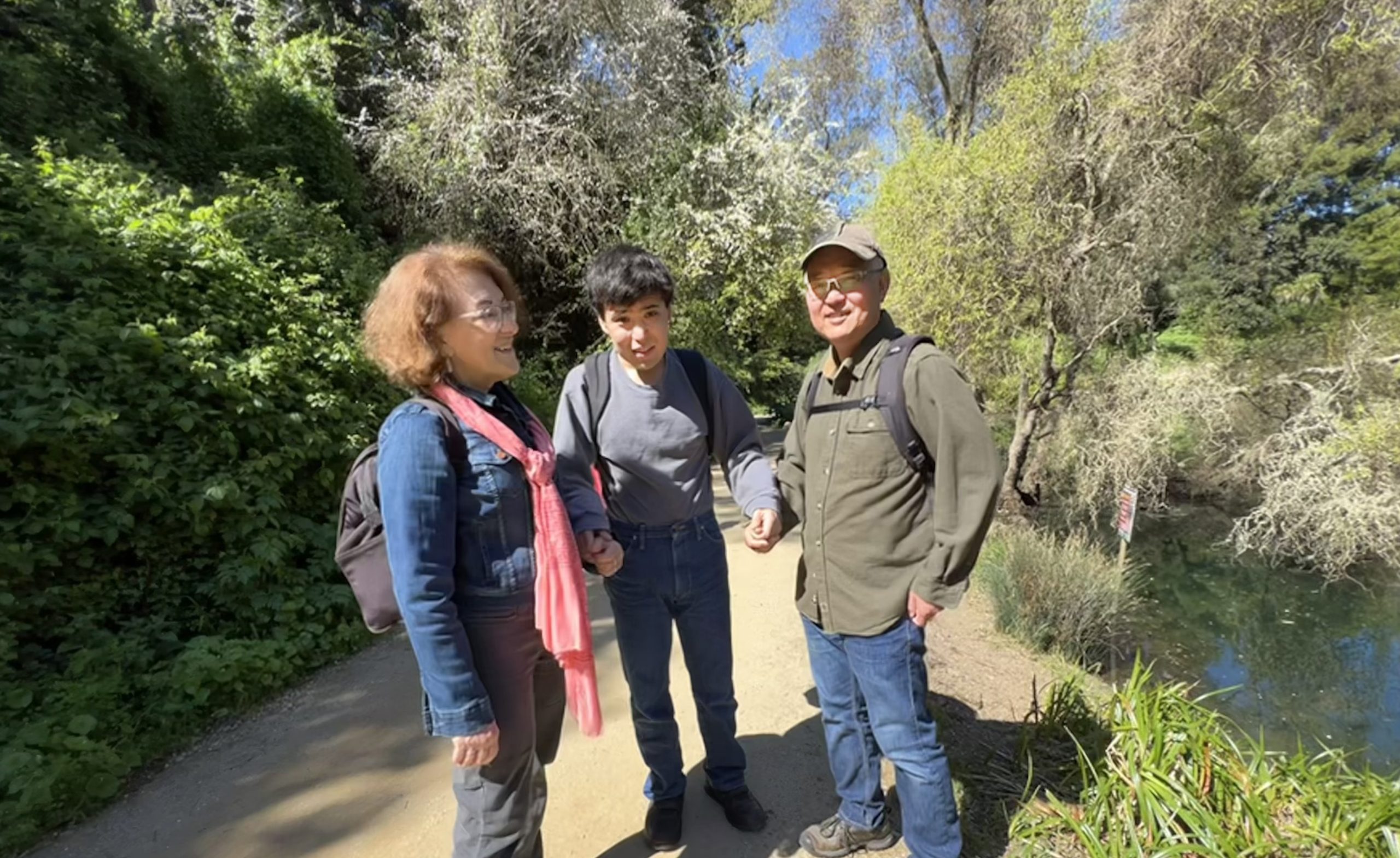
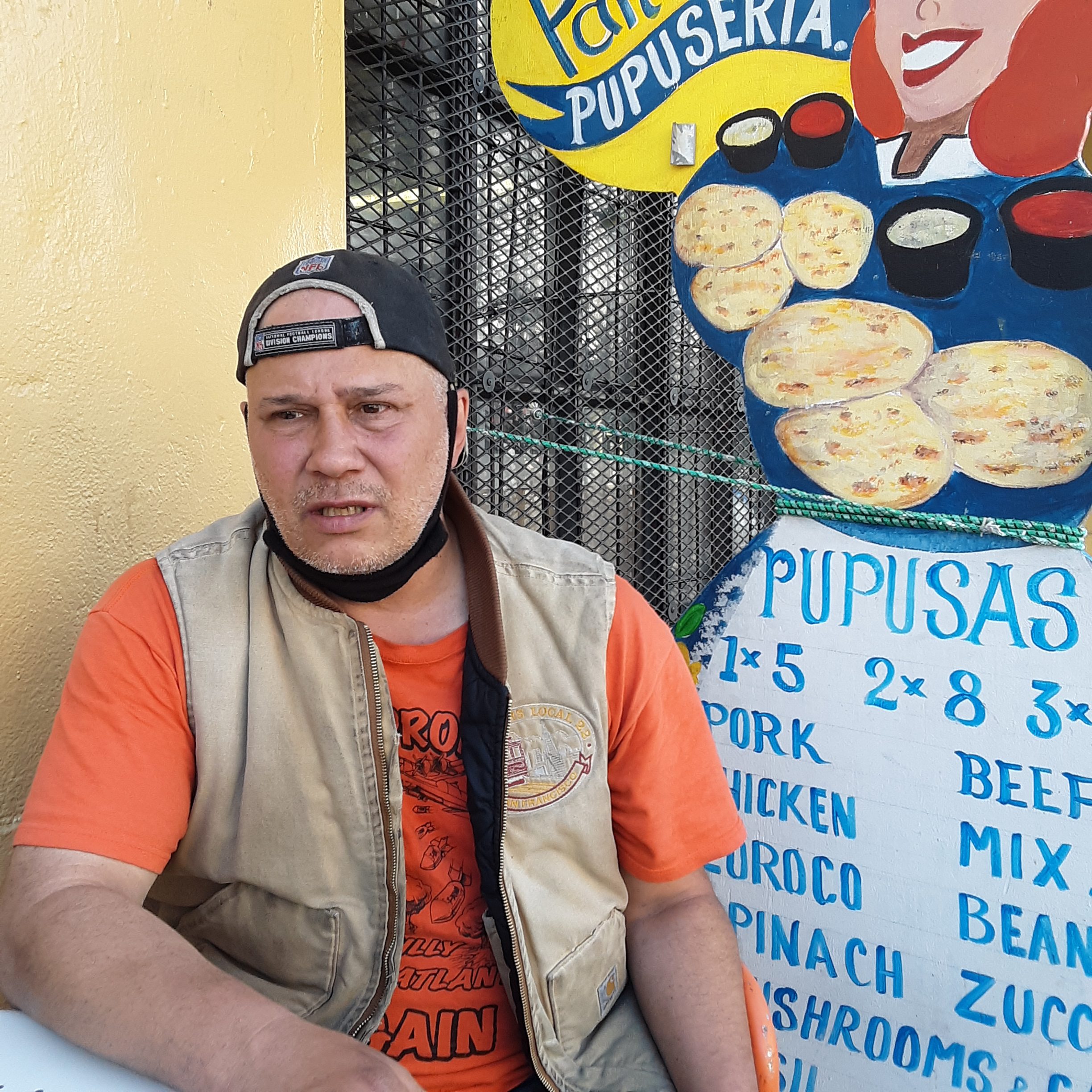
Dr. Jeanne Powell
Really enjoyed this article. MUNI has taken me all over San Francisco since I moved here many years ago. I have a few hilarious stories to tell about riding MUNI.